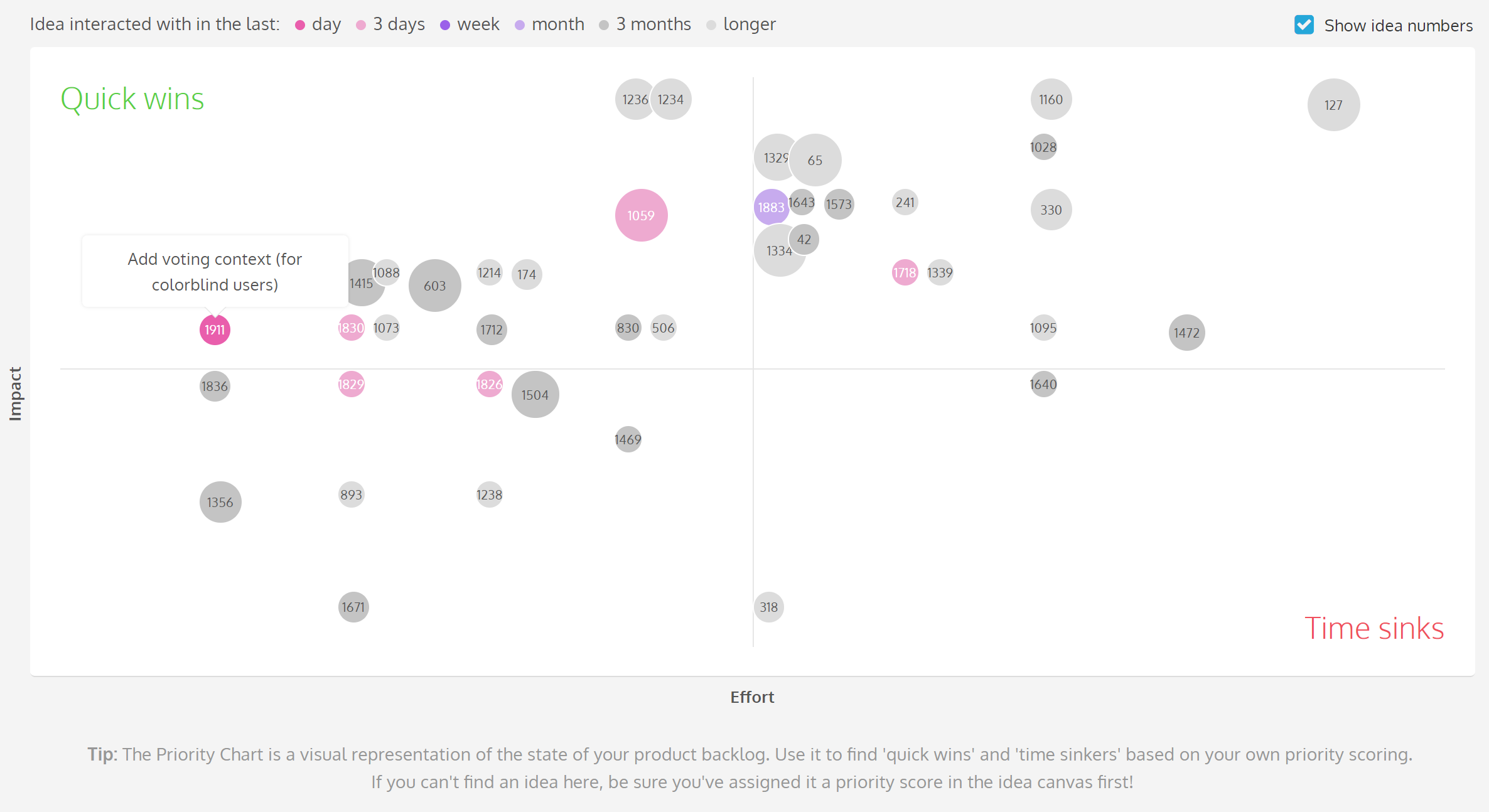Feature prioritization principles in Product Management
Feature prioritization is synonymous with product management. Indeed, it sometimes seems to be all that product managers do.
What is feature prioritization?
Fundamentally, feature prioritization is about picking what to do next. Not only what to build next, but also what to user-test, nurture, research and so on. It’s about making a decision.
As a product manager, you have overwhelming lists of things to do, build, research, nurture, test, but you can only ever work on a small subset of those great lists. Prioritization helps to pull out the subset of what you can achieve within your constraints that will bring the most benefit to your organization, product or service. Put another way, feature prioritization is how you query your problem sets in order to pull out what you need to focus on.
Good prioritization principles
There are lots of systems and methods for prioritizing. Whatever system or method you choose, the following principles make for a good implementation of prioritization, so do keep them in mind:
- Keep it simple – the harder it is to explain the harder it is for people to use
- Prioritization systems don’t remove the need for the product manager’s judgement
- The priority of items will change over time, so your system should allow items to float in priority and not be stuck with a single priority for all time
- No priority system will make everyone happy. At some point you will need to make a judgement call.
Ultimately, if you can’t explain it and your team either doesn’t use it or games it for their own end then you don’t have a functional prioritization system. As a result you are more than likely doing the wrong things, from picking features that add no value to building low-impact features before high-impact features.
Beware of complexity
Complexity is the single biggest enemy of effective prioritization. This is because complex prioritization systems inevitably require lots of tweaks and adjustments which get in the way of adjusting to changing market and economic conditions. The more complex your prioritization system, the more time you spend managing it and less time you spend doing the work.
Complex algorithm-based approaches to feature prioritization can end up being too hard to explain and becoming something of a “black box”. As soon as the black box starts throwing up what are judged to be nonsensical results, people lose trust and the results are fudged to ensure the results match expectations. At this point it’s likely easier to ditch the black box and go back to common sense.
What’s important
Feature prioritization is key to focusing on what delivers the greatest benefit to your organization, product or service, given the constraints you face. A good prioritization system should be simple, explainable and judgement based, relying on judgement of the relevant stakeholders (for example developers on effort and product managers on the impact).

You’ll know your prioritization method is working when the stakeholders understand how it works and are engaged with it. If done with understanding of your customers, then you’ll see greater engagement and adoption as you address customer needs and problems.
If you rely on complex algorithmic approaches to prioritize your backlog and your computer saying “Yes”, you are in for a world of hurt.

